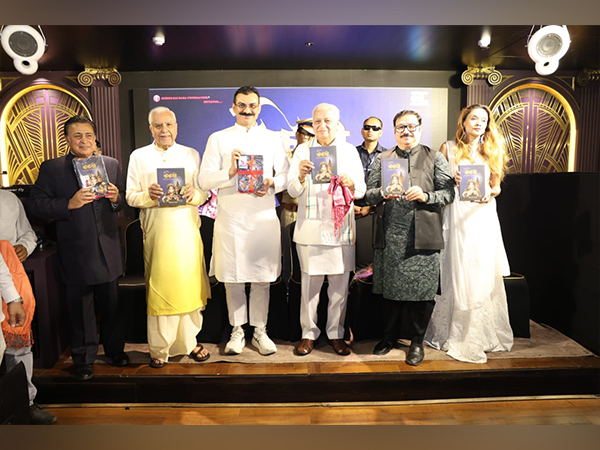New Delhi [India], June 24 (ANI): The World Economic Forum has released its list of the Top 10 Emerging Technologies of 2025, highlighting innovations expected to deliver real-world impact within the next three to five years.
These technologies are seen as having the potential to address urgent global challenges such as health issues, environmental impact, and urban infrastructure strain.
The organisation stated that the technologies were selected based on their novelty, maturity, and potential to provide meaningful societal benefits.
It added that this year’s list also points to four key trends: trust and safety in a connected world, next-generation biotechnologies for health, redesigning industrial sustainability, and integrating energy and materials.
WEF stated, “Technologies such as collaborative sensing, autonomous biochemical sensing and green nitrogen fixation demonstrate ongoing innovation in these fields where urgent challenges persist. They also signal growing momentum to develop scalable solutions to chronic disease, environmental impact and infrastructure strain”.
Among the standout technologies is collaborative sensing, which involves networks of connected sensors allowing vehicles, cities, and emergency services to coordinate in real time. This can lead to improved safety, reduced congestion, and quicker emergency responses.
Another technology in the trust and safety category is generative watermarking, which places invisible tags on AI-generated content to help identify what is real and prevent misinformation.
In the area of sustainable industry redesign, the report featured green nitrogen fixation, which offers a new method of producing fertilisers using electricity instead of fossil fuels, potentially reducing pollution and emissions.
Nanozymes, lab-made materials that mimic natural enzymes, are also included for their potential use in improving medical testing, cleaning up pollution, and enhancing manufacturing safety.
Biotechnologies for health are also in focus. Engineered living therapeutics use carefully designed bacteria to deliver treatments inside the body, offering better and more cost-effective care. GLP-1s, originally used for diabetes and weight loss, are now showing promise in slowing diseases like Alzheimer’s and Parkinson’s.
In the energy and materials sector, structural battery composites combine energy storage and structural support in materials used in electric vehicles and aircraft, making them lighter and more efficient.
Osmotic power systems, which generate clean electricity from the meeting point of freshwater and saltwater, are also featured.
Lastly, advanced nuclear technologies, including smaller reactors with alternative cooling systems, could provide reliable, safe, and low-cost clean energy to support growing electricity needs driven by AI and electrification.
World Economic Forum chooses each technology through a rigorous evaluation process that includes expert nominations, literature review, peer assessments, and analysis of adoption conditions.
The report emphasised that investment, infrastructure, standards, and responsible governance will be key to scaling these innovations. (ANI)
Disclaimer: This story is auto-generated from a syndicated feed of ANI; only the image & headline may have been reworked by News Services Division of World News Network Inc Ltd and Palghar News and Pune News and World News
HINDI, MARATHI, GUJARATI, TAMIL, TELUGU, BENGALI, KANNADA, ORIYA, PUNJABI, URDU, MALAYALAM
For more details and packages

















